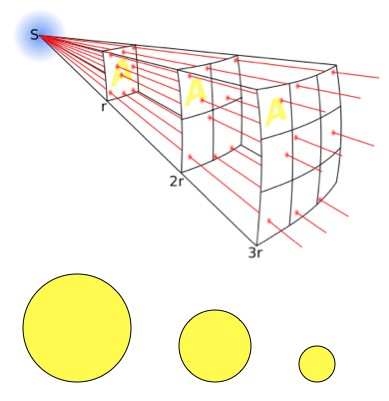Physicist: You’d be able to hear the Sun, and nothing else. Maybe at night you’d be able to hear your own thoughts.
Owing to the nature of how things like sound and light spread out, the loudness and brightness of a thing is exactly proportional to how big it appears.
The amount of light we get from the Sun is a function of its temperature (around 5,500 °C) and the angle it takes up in the sky (about half a degree across).
If you could get a small metal ball to the same temperature (assuming it wouldn’t melt, which is exactly what it would do) and moved it so that it appeared to be the same size as the Sun (0.5 degrees) then it would feel exactly as warm and bright as the Sun feels from here (on Earth).

As you move away from a source the intensity of that source drops like 1/R^2, simply because the energy gets spread out over a larger area. And, as you move away from a source, the size that the source appears to shrink the same way. This is a useful “math hack” to figure out how big things would need to be to look/sound the same.
Similarly, the Sun, if we could hear it, would be exactly as loud as any other large-marble-sized nuclear explosion held at arm’s length.
Quite loud.
There are some issues with the nature of sound. Notably, if sound gets too loud it stops acting like a wave and tends to break apart. It stops acting like sound and starts to act more like a frothy foam of shock fronts.
But as long as we’re hearing through space, we may as well ignore that problem too.







Pingback: TWSB: The Sound of a Solar Re (and a Do, a Mi, a Fa, a So, a La, a Ti, and More Do) « Le Seul Mot Juste